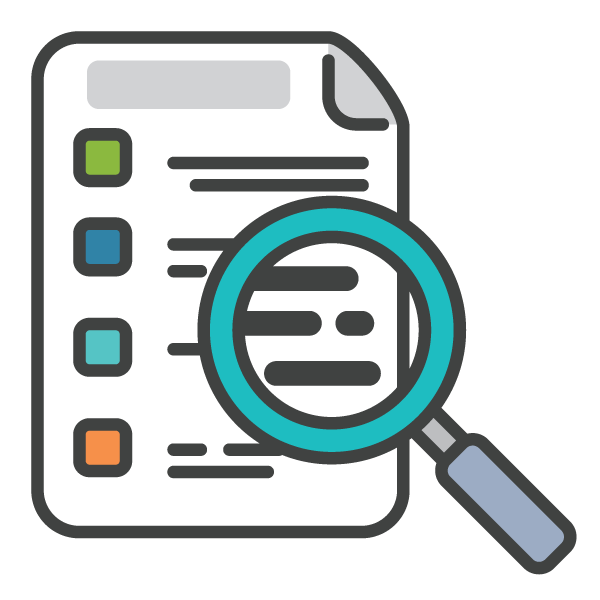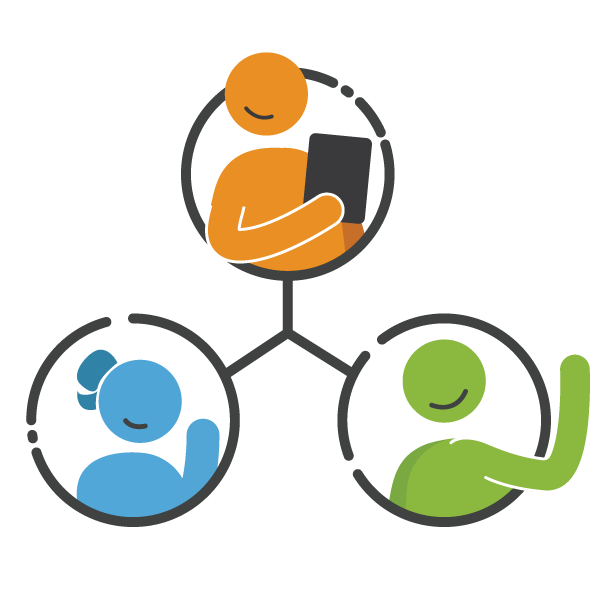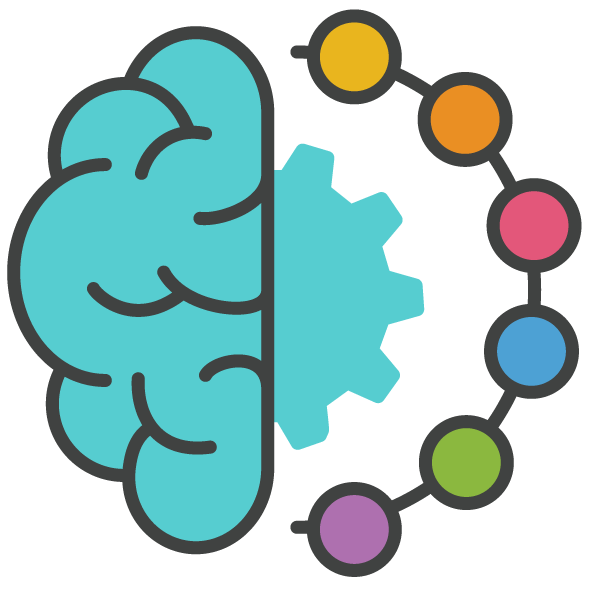BrainHQ exercises are grouped into six categories: Attention, Memory, Brain Speed, Intelligence, People Skills, and Navigation. Some of the exercises directly work out those skills, and you can see exactly how they might help you improve brain health. But, as you may have noticed, other exercises may not seem like they exercise those skills at all. Instead, they challenge you to improve in basic sensory skills—such as telling sounds apart or spotting objects quickly on screen. There’s a good reason to include such exercises when training your brain. Here’s why:
Sharpness starts with the senses
Our eyes, ears, and other sensory organs constantly send information to the brain. Our brains use this information to construct our experiences and memories, from the magnificent—a loved one’s face, a once-in-a-lifetime vacation, a wedding proposal—to the mundane—an acquaintance’s name, a grocery list, a drive to a nearby store.
The more clearly our brain registers this information, the better we can respond to it and store it, so that we can remember it and use it later. It’s important that your brain does a good job with all of the small details of what you see or hear. Missing those details results in most of the errors and confusion that can limit you—and it’s often impossible to even know what you’re missing. A brain that misses lots of details also naturally slows down quite a lot, so that it has a better chance of not making mistakes. Most importantly, if your brain is fuzzy and imprecise in its most elemental operations, all of its higher operations in thinking and acting will suffer. You can practice them forever, but they just can’t improve very much if you must always rely on fuzzy or incomplete information.
Improving your brain’s sharp representation of the details of what you see, hear and feel is a key step in improving your overall brain function.
For this reason, many of Posit Science’s BrainHQ exercises are designed to increase the quantity of sensory information the brain takes in and improves the quality with which the brain processes and records this information. This improvement has a ripple effect, improving all of the “higher” functions of the brain that work with that information.





